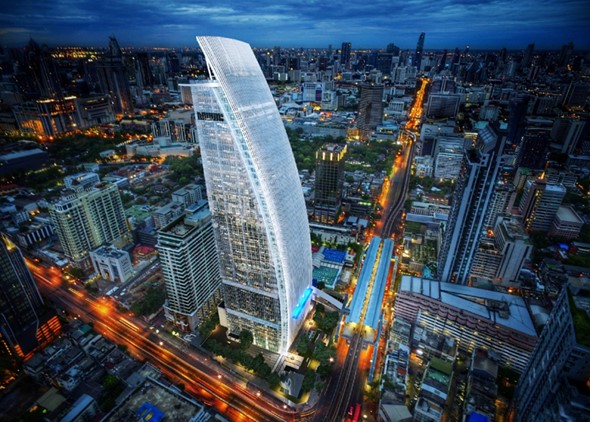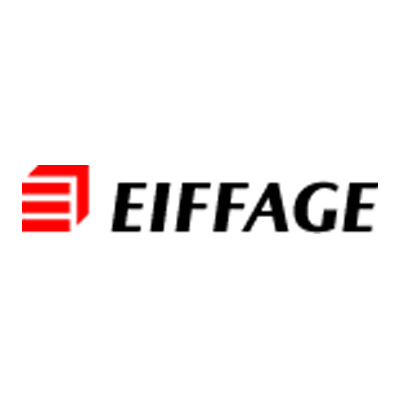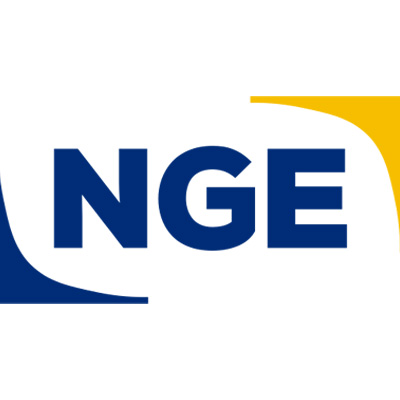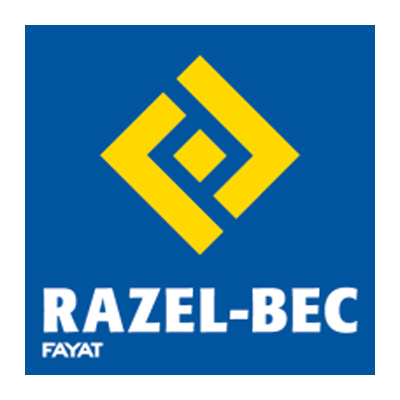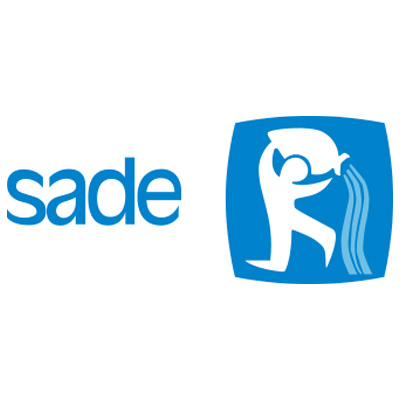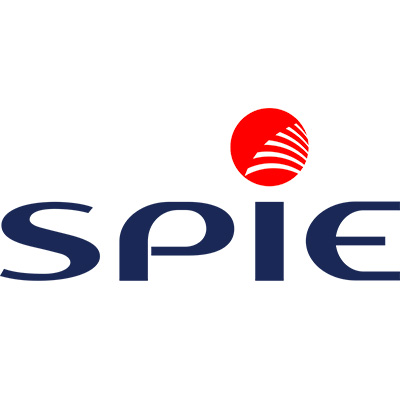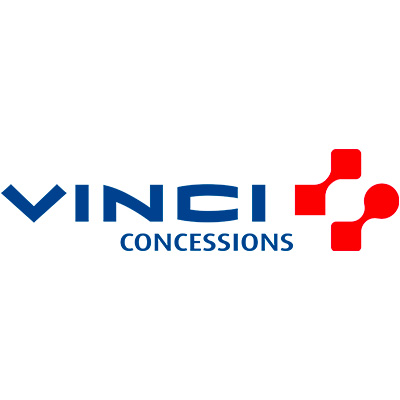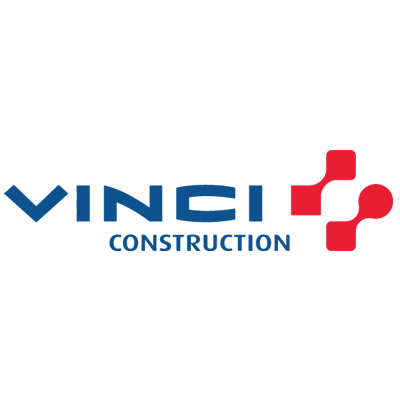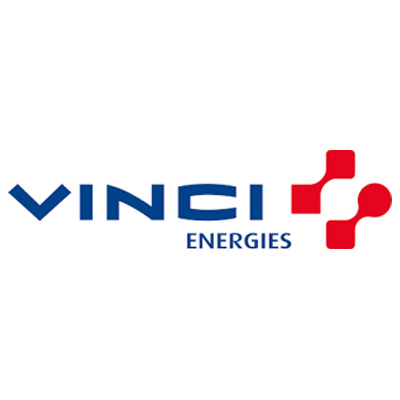
Benchmarking Infrastructure Development : PPP Regulatory Landscape - Assessing Quality and Exploring Reform
Septembre 2024
Public-Private Infrastructure Advisory Facility (PPIAF) du groupe de la Banque Mondiale (125 pages).
Despite its intrinsic relevance and policy makers’ efforts to address the infrastructure gap, progress has been limited. A confluence of challenges from macroeconomic shocks and political instability to weak institutional capacity has hindered the capacity of countries to develop infrastructure that meets demand. Increasing efficiencies in delivering infrastructure services is at the core of addressing the gap. Numerous countries have turned to private sector participation in infrastructure development to achieve these efficiencies and catalyze private capital investments. Although there are different modalities to procure infrastructure, public-private partnerships (PPPs) have been extensively used by many countries to deliver successful programs. This report examines one of the key elements of an overall sound PPP ecosystem, the crucial role that the quality of PPP regulatory frameworks plays in fostering a conducive ecosystem for successful PPP programs while acknowledging that it is just one of several critical factors. This report incorporates new empirical analysis from primary data collected through Benchmarking Infrastructure Development 2023 (BID 2023). It also uses country case studies to illustrate and draw lessons from how countries have created robust PPP ecosystems and strengthened PPP regulatory frameworks over time. This report is aligned with the Knowledge Compact Agenda’s focus on evidence-based decision-making by providing evidence-based knowledge that can inform development strategies and PPP operations. Additionally, it focuses on fostering the PPP ecosystem that is conducive to private sector investment, thereby contributing to the Private Capital Enabling (PCE) objectives that will ultimately support Private Capital Mobilization (PCM), two critical corporate objectives of the World Bank Group to help to close the infrastructure gap.
Public-Private Infrastructure Advisory Facility (PPIAF) du groupe de la Banque Mondiale (125 pages).
Despite its intrinsic relevance and policy makers’ efforts to address the infrastructure gap, progress has been limited. A confluence of challenges from macroeconomic shocks and political instability to weak institutional capacity has hindered the capacity of countries to develop infrastructure that meets demand. Increasing efficiencies in delivering infrastructure services is at the core of addressing the gap. Numerous countries have turned to private sector participation in infrastructure development to achieve these efficiencies and catalyze private capital investments. Although there are different modalities to procure infrastructure, public-private partnerships (PPPs) have been extensively used by many countries to deliver successful programs. This report examines one of the key elements of an overall sound PPP ecosystem, the crucial role that the quality of PPP regulatory frameworks plays in fostering a conducive ecosystem for successful PPP programs while acknowledging that it is just one of several critical factors. This report incorporates new empirical analysis from primary data collected through Benchmarking Infrastructure Development 2023 (BID 2023). It also uses country case studies to illustrate and draw lessons from how countries have created robust PPP ecosystems and strengthened PPP regulatory frameworks over time. This report is aligned with the Knowledge Compact Agenda’s focus on evidence-based decision-making by providing evidence-based knowledge that can inform development strategies and PPP operations. Additionally, it focuses on fostering the PPP ecosystem that is conducive to private sector investment, thereby contributing to the Private Capital Enabling (PCE) objectives that will ultimately support Private Capital Mobilization (PCM), two critical corporate objectives of the World Bank Group to help to close the infrastructure gap.





